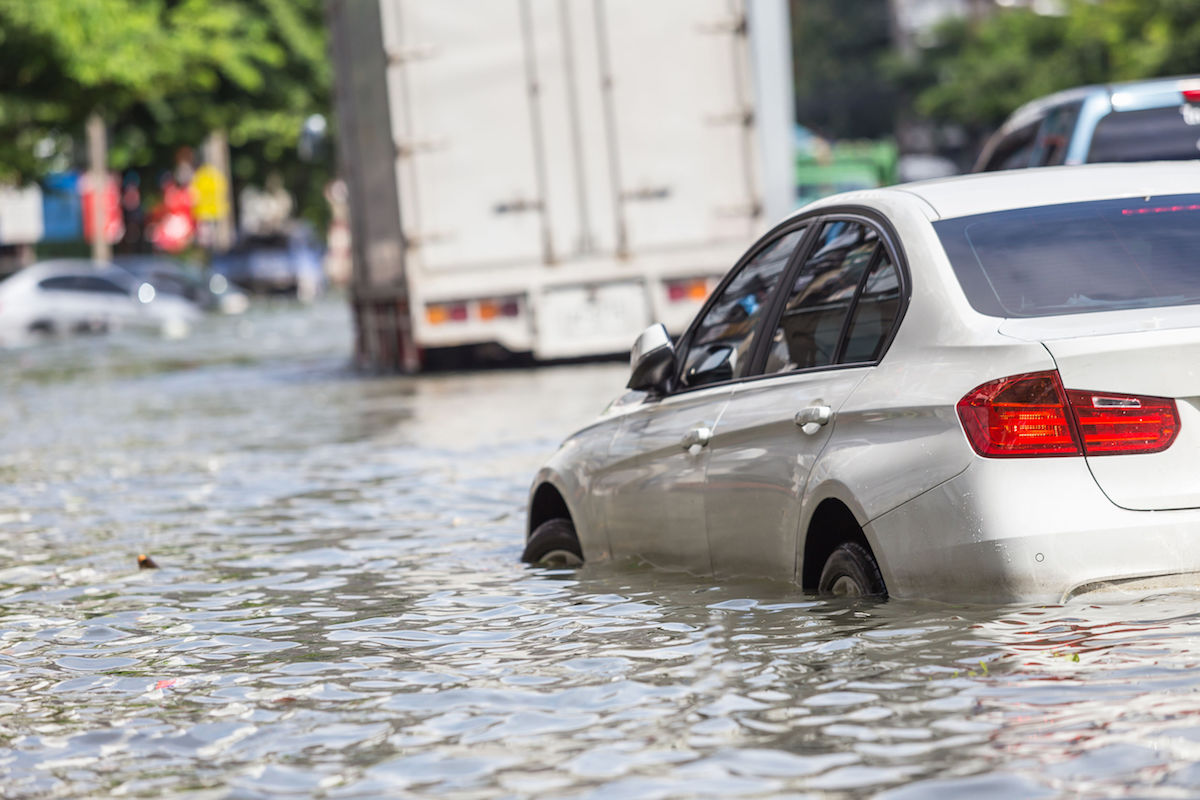
"Climate change isn’t just about the world getting warmer — it’s about the increase of adverse weather patterns across the globe. Intensifying hurricanes, rising sea levels and damaging wildfires are just a few events which can be attributed to climate change. Since different aspects of the changing climate pose different, specific threats to people and businesses, they all require a unique insurance approach. Here’s how independent agents across markets and geographies can understand their client base and create the right policy solutions.
Understanding Climate Change
First and foremost, independent agents must understand the impact of changing weather patterns on their market. It isn’t as simple as the weather just getting warmer. “Uncharacteristically cold winters just might be one of the most hard felt effects of climate change,” points out National Geographic writer Sarah Gibbens. She highlights a study which found that melting ice and warmer temperatures in the Arctic coincide both with lower precipitation in the south central U.S. and unusually cold temperatures in northern North America. This shows that climate change doesn’t just causes hot weather, but weather extremes across all kinds of climates. How exactly does this work? Climate change affects weather because it intensifies the water cycle, The Climate Reality Project explains. “As the world warms, the rate of evaporation from our oceans seems to be increasing, powering ever-stronger storms.” This pattern is what caused Hurricane Harvey, for example. First, Harvey moved across abnormally warm waters in the Caribbean and the Gulf of Mexico. Since warm water evaporates faster than cold water, the storm was able to collect more rain than usual from these bodies of water. When it finally moved over Houston, Harvey had significantly more rain than hurricanes typically hold, causing more flood damage than usual. Because climate change brings a host of extreme weather patterns across varying geographies, independent insurance agents must understand how it affects their specific market. Creating auto, home and business policies that cater for a warmer climate only simply aren’t advanced enough to compensate for the variability of weather risks.
Assessing Market Risks and Creating Incentives
Different insurance markets will be affected by climate change in different ways. Insurers are already using price discrimination to adapt to these differences, journalist Geoff Williams writes. So, earthquake insurance is much higher in a place like Seattle, where earthquakes are common, than a place like Topeka, Kansas, where they are rare. Besides assessing risks specific to location, independent agents should also provide incentives, a practice major insurers follow. Homeowner insurance providers actually reward customers who make changes to prevent losses, investigative reporter Jeff Blyskal notes at Consumer Reports. Home, auto and life insurance company USAA offers a discount to people in firewise communities. These are areas at high risk for wildfires, but are recognized by the National Fire Protection Association for the steps taken by residents to prevent loss. Removing brush, vegetation and other potential kindling helps homeowners prevent fires near their homes, and reduces their home and fire insurance premiums. Florida is another example where geographic-related incentives can be offered to homeowners who protect their homes from storms. Installing hurricane straps on their roofs, for example, is one way to minimize the damage caused by a hurricane, insurtech business developer Marty Agather says. It’s a small change, but it can give residents a break on their insurance premiums.
Volatile Weather and Changing Customer Needs
Changing and intensifying weather patterns mean that many people and businesses will be looking for new and more thorough types of coverage. This is especially true for customers who have already experienced damaging events, such as hurricanes and wildfires, in recent years. These customers will be looking for policies that account for the potential weather events that are known or predicted to happen where they live. Despite the recent onset of more intense weather events, the overall impact of climate change varies greatly from decade to decade. The number of tropical storms that make landfall, for example, can be much higher over the next few years and then dissipate for a while before increasing again. Insurance agents have a responsibility to stress that this ebb and flow is simply the nature of change, economist Kathleen Miller, Ph.D. tells CFO Magazine. “People get lulled into a false sense of security when we go through a quiet period. While there are questions as to the number of hurricanes [there will be over time], results of work done in this area indicate that the ones that do form will be more intense and damaging.”
Catering to Customers With Geographic Data
So how can insurance agents cater to both of these types of customers? Leveraging geographic data is the answer. Detailed and accurate data collection can help independent insurance agents make a case for why certain policies are needed in specific locations, especially when dealing with people who don’t believe in climate change. Using data to assess the risk of climate-related events can help agents create new, incentivized products that address all customers. Let’s say your market comprises a number of coastal communities in Florida, for example. Homeowners might be reluctant to buy or sell in the area due to the increasing threat of hurricanes, rising sea levels and other climate change-related events. Different insurance premiums between coastal areas and non-coastal areas or homes located at higher elevations could made it possible for homeowners to stay or buy near the sea. In fact, some insurers are exploiting geographically-refined data to estimate the risk of specific land parcels, Matthew E. Kahn, Ph.D., Brian Casey and Nolan Jones at Harvard Business Review explain. “Aviva Insurance uses detailed topographical data to assess varying flood risks for coastal houses, such as those at the tops of hills versus houses at lower elevations.” Images by: Phanuwat Nandee/©123RF.com, Stephanie Edwards, Skeeze"
Talk to an expert
Contact us
